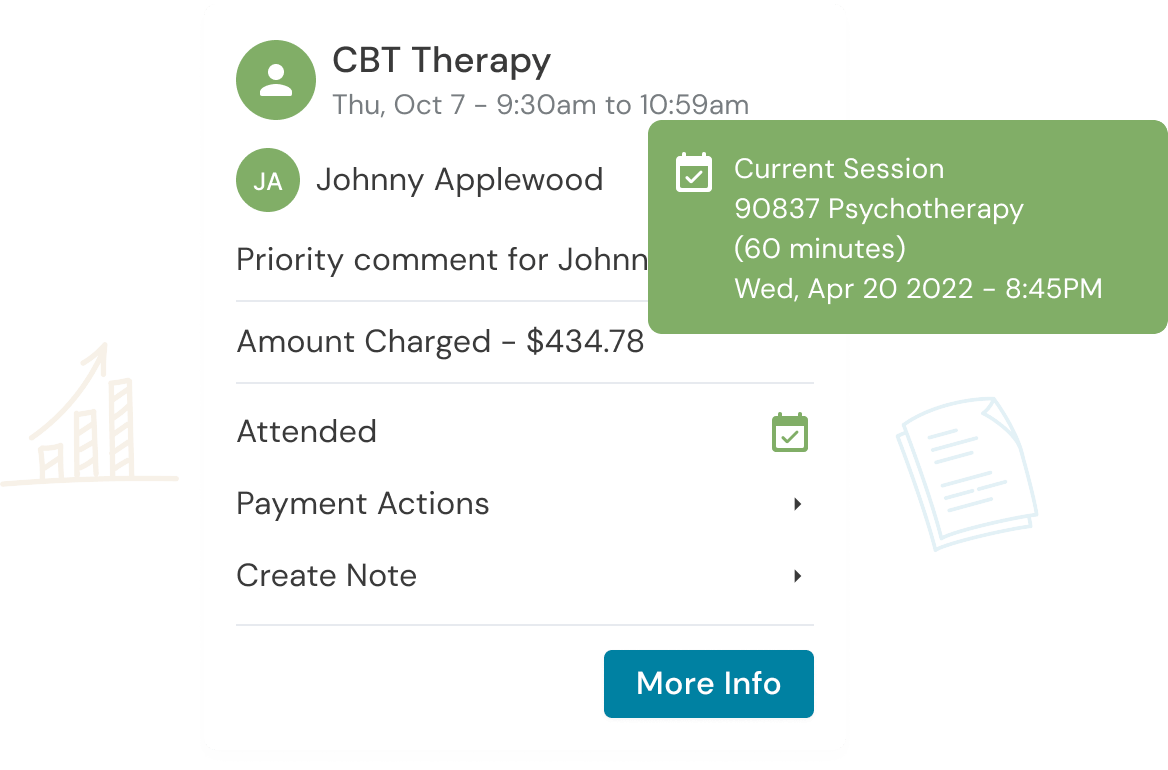Throughout your career as a therapist, you may move in and out of practice relationships. For example, you may go from working autonomously to collectively as part of a group practice, and then back to working alone again. Since there’s a natural ebb and flow to the career paths of most therapists, many Owl users wonder: what’s the best way to manage client information throughout these transitions? Private practices are apt to handle these transitions in different ways. Here are the common considerations that you should be aware of:
Financial Structure
The first thing to understand when joining a private practice is its financials. Who will be collecting the money? Will there be a single bank account for the group practice to manage all of the appointment fees and expenses will be managed? Is there a particular therapist who is essentially “in charge” and with whom the bank account will reside? Or is the group practice more of a collective of individual therapists who happen to be working in a shared office environment but who handle their own billing?
It’s important to clearly understand how the practice’s financial structure is set up, as the implications of the client management will vary depending on how the business financials are organized.

Grow with Owl Practice.
Who Is Responsible for the Data
Along with the big financial questions, it’s important to understand what you will be personally responsible for in terms of data. For example, at some point in your career, you may work as a therapist in a hospital. While working at the hospital, you’ll make clinical notes and update records. All of those records will belong to the hospital. You won’t take the data with you when you move on in your career and stop working at the hospital.
When working in a group practice, transactional information will stay with the group when you leave, just as it would if you were working at a hospital. You won’t take it with you unless specific arrangements are made otherwise.
This is why some groups of therapists choose to work in a shared environment while keeping separate Owl Practice accounts.
Old Practice Life vs. Your New Practice Life
So what should you do if you’ve been working as an individual therapist but you’re joining a group practice? Should you bring your clients over with you?
You can certainly bring your client contact list with you, but the transactional data from your original Owl account will not be merged with the new Owl account. That information is confidential and should remain where it is, representing your practice life up to that point. However, you can upload your client list to the new Owl account and start fresh from that point forward under a new group practice arrangement. It’s an export/import process. The contact information can be added to the group practice account but not the clinical notes. Think of it as your Old Practice Life vs. Your New Practice Life.
Keep Your Own Digital Filing Cabinet
As we paint these scenarios, you can start to understand it’s advisable to keep your own digital filing cabinet throughout your career. There are clients you may take with you wherever you go, at any and every point of your practice life. This can easily be done by keeping your own personal Owl Practice account throughout your career.
Do you have questions about how Owl Practice works for your private or group practice? Don’t hesitate to contact us. We’d be happy to discuss your situation and advise you about the best course of action.
Reduce clinical administrative tasks and transform more lives with Owl Practice. Owl Practice provides all the tools you need to make your practice successful. Join the thousands of care professionals using Owl to run their practice every day.



